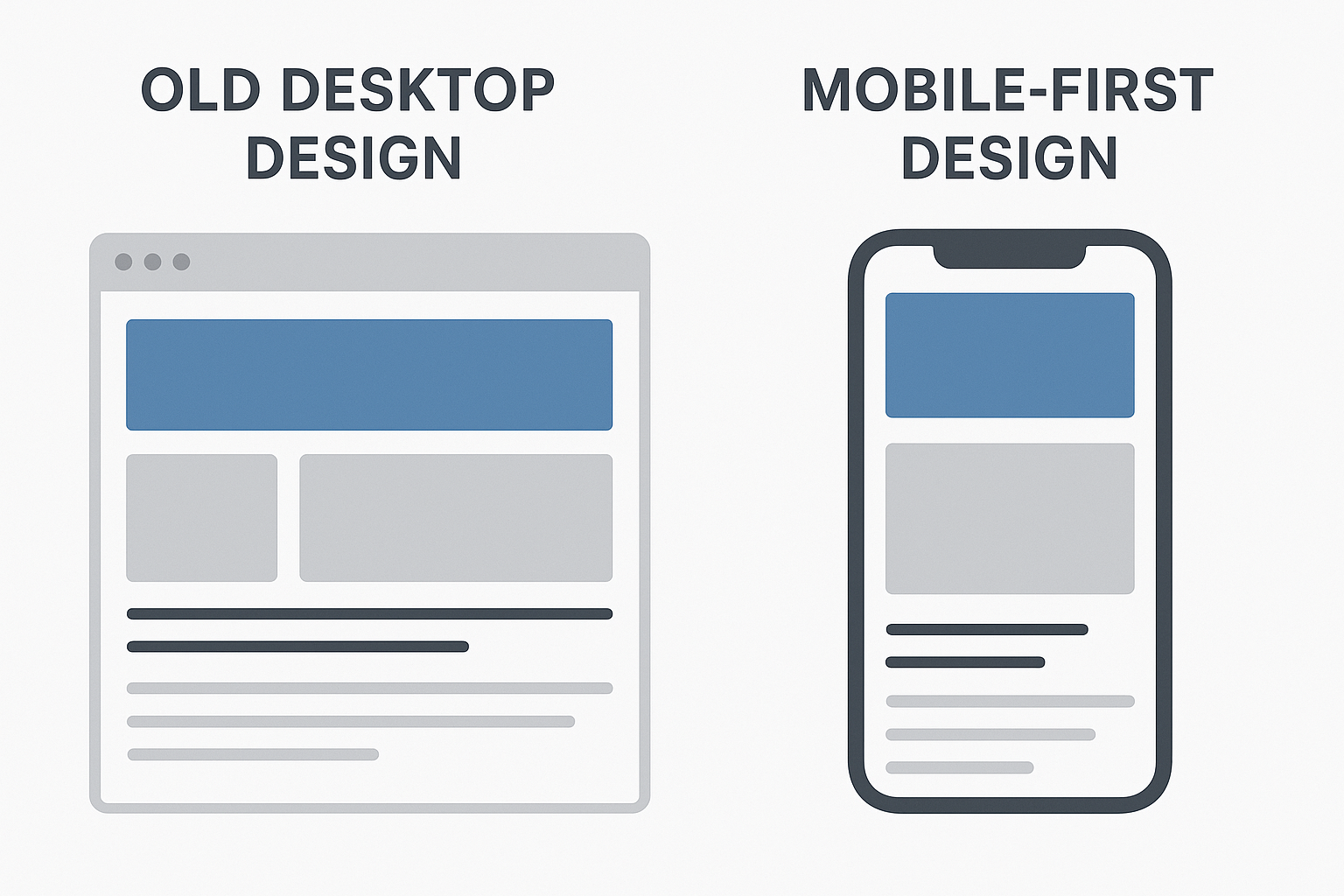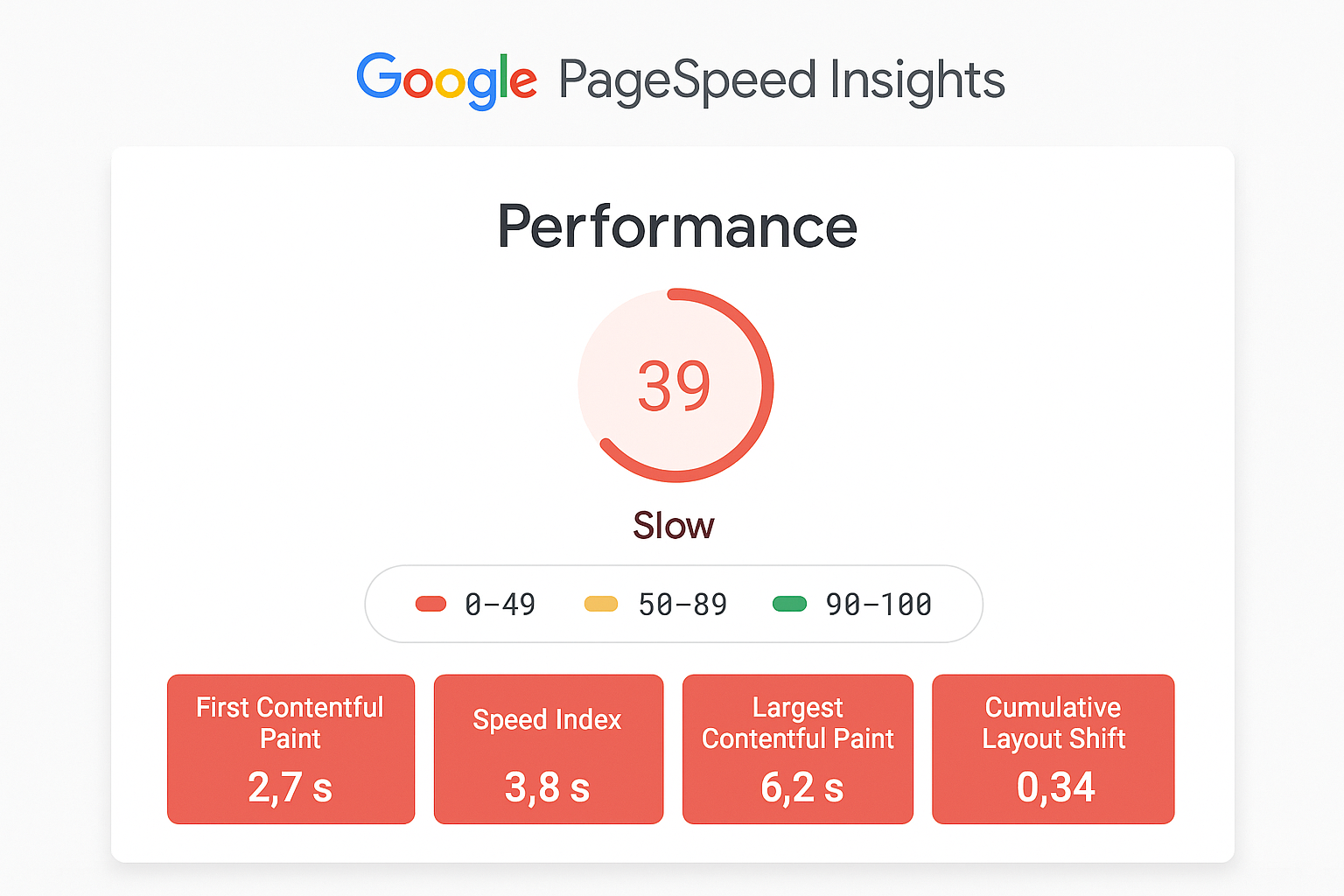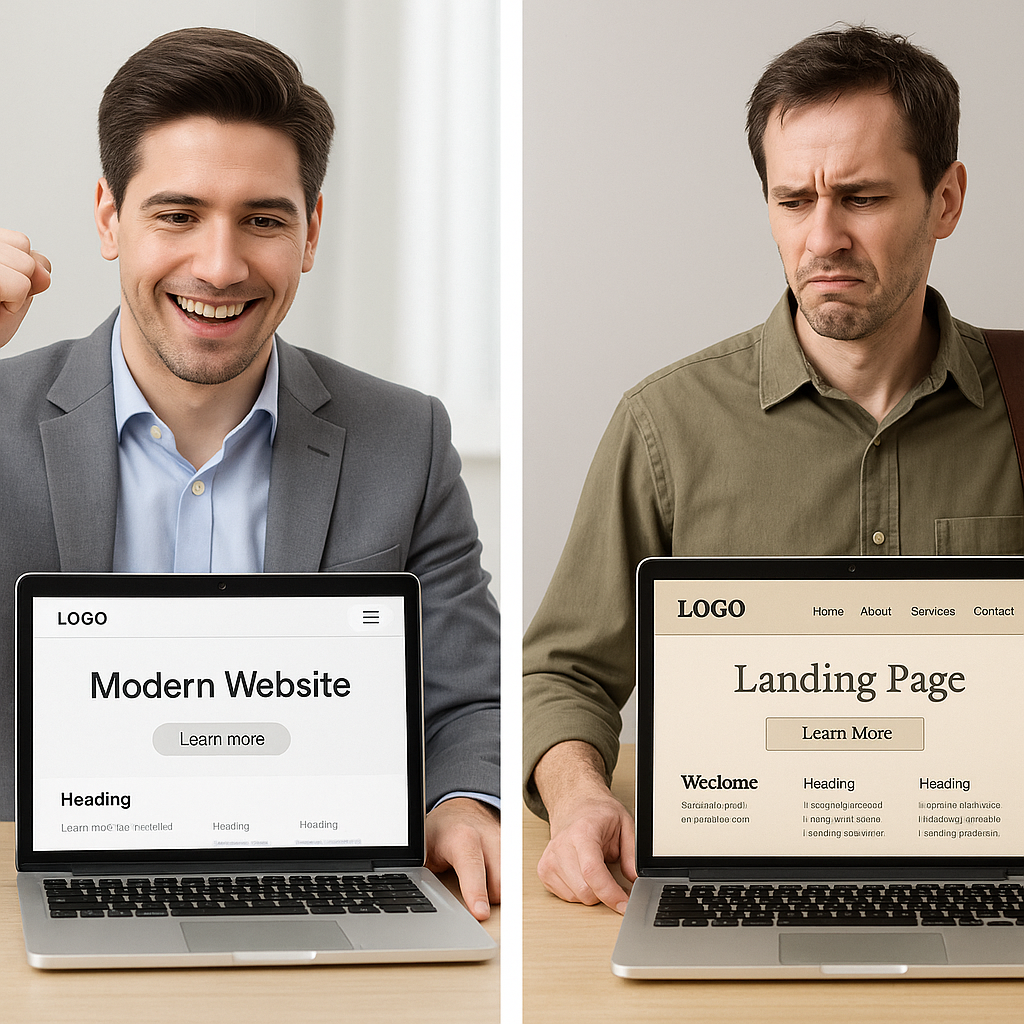How to Know It’s Time to Redesign Your Website: 7 Signs of an Outdated Digital Presence
Some websites help businesses grow. Others just exist. They haven’t been updated in years, run poorly, frustrate customers, yet still sit online out of habit. There’s some content, maybe even an occasional lead. But the truth is, these websites are doing more harm than good. Because a good website isn’t about simply “being online.” It’s about delivering results.
The real issue is that most business owners don’t realize how outdated their website has become. It’s not broken. It’s not offline. It even looks… okay. But it silently underperforms. More and more customers leave for competitors. Employees stop using the site as a real tool. Opportunities are lost quietly, constantly. Below are seven clear signs that it may be time for a website overhaul.
The first and most obvious sign is low conversion. You're investing in ads, traffic is coming in, but leads are barely trickling through. The problem could be design that doesn't guide the user, clunky forms, or a structure that confuses rather than converts. If your site isn’t helping people take action, then it’s not doing its job - regardless of how nice or expensive it is.
The second sign is poor mobile adaptation or worse, none at all. Today, over 65% of visitors browse from their phones. If your site doesn’t fit the screen, requires pinch-zooming, or feels awkward to use, visitors will leave. Even if they liked your product. That’s a technical failure that costs you money every single day.

Caption: If your site isn’t mobile-ready, you’re losing most of your audience.
Third, difficulty managing content. If you need to email your developer every time you want to update a phone number or add a promo, you're stuck. Modern business needs flexibility: quick page edits, easy updates, landing pages you can launch without writing a single line of code.
Fourth, outdated design. Visual standards evolve quickly. What looked modern in 2015 now feels old fashioned. And outdated design sends a message: nothing here has changed in years. This isn’t about aesthetic preference. It directly affects how your brand is perceived.
Fifth, slow performance. If your site lags or takes too long to load, especially on mobile, visitors won’t wait. In 2025, that’s not just inconvenient, it’s a liability. Google pushes slow sites down in search results. Users bounce before you even get a chance to speak. You’re losing business, and you may not even know it.

Caption:Speed isn't just technical, it's a matter of trust and competitiveness.
Sixth, no integrations. A modern site should connect with your CRM, payment system, analytics, chat support, and more. If it doesn’t, you’re missing automation, wasting time with manual tasks, and f lying blind when it comes to tracking results. A site that’s isolated from your business processes doesn’t help you grow.
Seventh, you’re not proud of it. You avoid showing the site in meetings. You don’t link to it in emails. You hesitate to send clients there. That’s your final sign. If you don’t believe in your website, your customers won’t either. Your site is your storefront. And it should inspire confidence, not hesitation.

Caption:Your website either builds trust or creates unnecessary friction.
Your website isn’t just a checkbox, it’s business infrastructure. It either supports your growth or quietly holds you back. If you recognize these signs in your own site, don’t panic. Even small updates can bring real improvement. And in some cases, a full rebuild is a smart investment. The key is not to ignore the problem. Because every day an outdated site costs you trust, leads, and revenue, and all of that can be fixed.